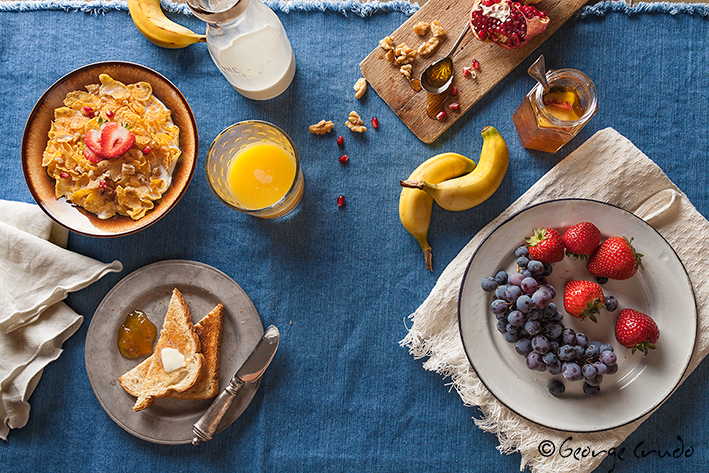
If you have a love for food and a passion for photography then it’s time to create some masterpieces!
This extremely thorough course is jam packed with everything you need to know to get started in the world of food photography. Forget all of the technical jargon explaining the theory of light, cameras, or lenses. In this course we get right to the point and give you all of the practical information that you need to create stunning images; all in the convenience of your own home, without a lot of expensive equipment.
Easy to follow weekly video demonstrations along with written lessons take you through the entire process, from start to finish. You’ll start out simple by learning how to use daylight as your main source of light, and how choosing the right props can help create the perfect mood for your shot. Then we’ll build upon that knowledge with each passing week. By the end of week 4 you will be well versed in the use of multiple strobes, continuous lighting and tethered shooting. You will understand the difference between key light vs. fill light and soft light vs. hard light. You will even learn how to create stunning images using nothing more than a penlight as your light source!
Whether you’re a novice or advanced shooter, this course will take all of the mystery out of shooting food; and like a good meal, you will leave it wanting MORE!
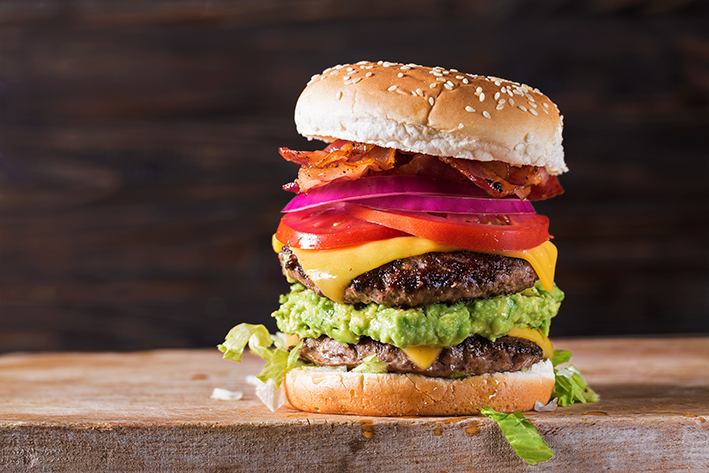
Course Outline
Lesson 1: USING NATURAL LIGHT AS THE KEY LIGHT
Starting out very simple, our main focus in this week will be the use of only natural daylight and a reflector. You will see how easy it is to bring out texture in food using nothing more than a camera, tripod, reflector board and natural daylight. You will learn how to develop an eye for good photography and as well as the proper selection of props to help create the proper mood for your image.
Lesson 2: ARTIFICIAL LIGHT – ONE LIGHT SOURCE – HARD LIGHT vs SOFT
By this week your confidence will have grown to a point where you now feel comfortable using one artificial light. We will study the use of speed lights and strobes, the difference between hard and soft light as well as the effect of each on the subject.
When shooting food it is essential that the food looks fresh for the final shot. This lesson will also explain the technique for using a “stand-in” while you fine tune your lighting, exposure and composition.
You will also be introduced to tethered shooting. This is when your images are displayed on a separate monitor as they are captured in your camera.
Lesson 3: ARTIFICIAL LIGHT – TWO LIGHT SOURCES – CAMERA ANGLES
This week you will gain a thorough understanding of how the perfect combination of two lights sources can be balanced in a way to create stunning images. You will also see how shooting from angles we are not used to seeing can give your images much more impact than the normal 45 degree approach.
Lesson 4: CONTINUOUS FLORESCENT LIGHTING AND LIGHT PAINTING
During our final week, in addition to continuous florescent lighting, we will cover light painting. In light painting we use nothing more than a penlight, in a totally dark room, to illuminate specific areas of the image. The resulting images are quite unique. This will definitely be a valuable addition to your repertoire of lighting techniques for food photography!
FOOD PHOTOGRAPHY AU NATURAL EQUIPMENT LIST
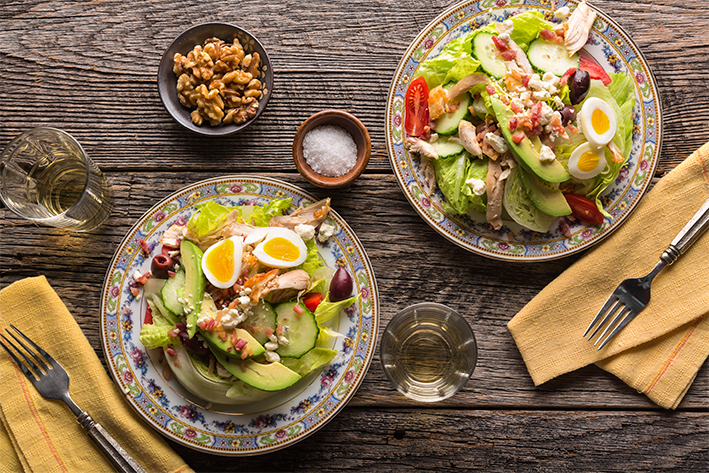
Instructor: George Crudo
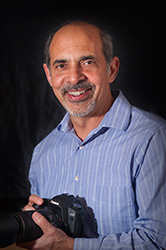
George is a food and architectural photographer based in Orlando Florida. His passion for photography began in the late 1970’s when he purchased his first camera. Since then he has developed his specialty in both food and architectural photography.
His food images are sold internationally through agencies such as StockFood and Getty Images. They are used in cookbooks, restaurant menus, magazines, packaging and on the web.
Noteworthy clients include Marcus Lemonis from the television series “The Profit”. George has photographed images for Marcus’ companies Mr Green Tea Ice Cream and Zoe’s Chocolates. He has also provided images for Mr Lemonis’ personal “Marcus” brand of chocolate.
George is also a past President of The Orlando Camera Club (2017-2018).
His work can be seen at:
http://www.GeorgeCrudo.com
http://usa.stockfood.com/artists?Letter=C
https://www.facebook.com/pages/George-Crudo-Food-Photography/362988750480535
https://www.flickr.com/photos/58777739@N05/
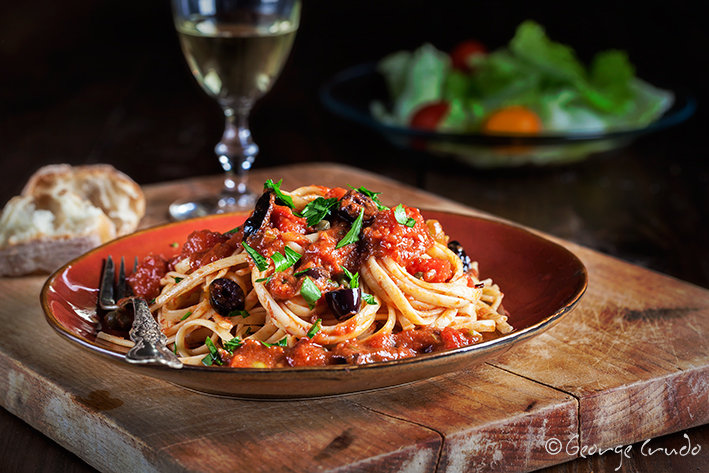
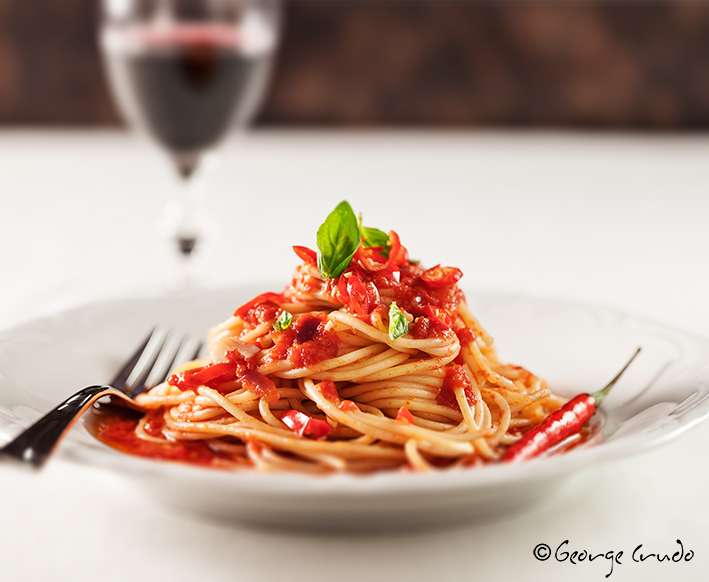
To Learn more about how our courses work please visit: Course Info










